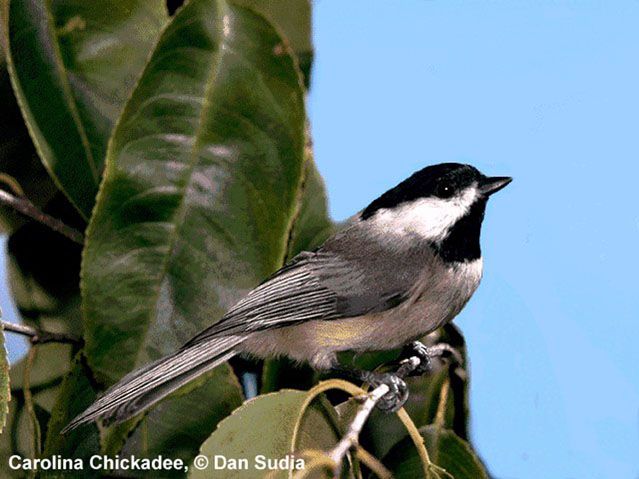The Florida Bird Monitoring Program was developed by the Department of Wildlife Ecology and Conservation's Wildlife Extension office in June 2001. The objective of the Florida Bird Monitoring Program is to maintain a website where you can enter and view bird survey data collected by yourself and others. Homeowners as well as participants from natural resource fields, Cooperative Extension, and state education programs are encouraged to participate.
Which types of birds are visiting your yard or neighborhood (Figure 1)? Using the Florida Bird Monitoring website, you can track which birds occur in your yard and community over time. If you are a property owner who is landscaping to attract wildlife, you can learn which landscaping strategies and management techniques have worked best for others in attracting certain bird species. The University of Florida's Backyard Landscapes for Wildlife Program (FBLW) and Florida Yards & Neighborhoods Program (FYN) can suggest ways for you to improve the ecological design and maintenance of your yard. Learn more about these programs, BWHP and FYN, online at http://www.wec.ufl.edu/extension/landscaping/fblw/ and http://fyn.ifas.ufl.edu, respectively. By monitoring birds in your yard both before and after landscape improvements, you can see how these improvements affect birds in your yard. You can also monitor the quantity and types of birds that visit any area throughout the state from month to month and year to year.

Credit: Dan Sudia
Most importantly, you can compare your survey results with the results of other Bird Monitoring Program participants. Where and what types of birds are occurring in different areas? Are certain birds favoring one type of property (habitat) over another? Why is this so? By comparing surveys, you can discuss ideas, pose questions, and develop suggestions about how to improve your neighborhood for birds.
Surveys can be conducted anywhere. Small lots and yards, neighborhoods, city parks and reserves, agricultural land, lakes and ponds, and schoolyards are all potential areas to survey birds (Figure 2).

Credit: Mark E. Hostetler, UF/IFAS
For more information on this exciting new program, please visit our Wildlife Extension website at http://www.wec.ufl.edu/extension/ and the Florida Bird Monitoring Program website at: https://wec.ifas.ufl.edu/apps/birds/.
If you have any questions, please contact Mark Hostetler, Extension wildlife specialist, at 352-846-0568 or hostetm@ufl.edu.
For more publications about wildlife and lots of other topics, go to the UF/IFAS EDIS website at https://edis.ifas.ufl.edu.